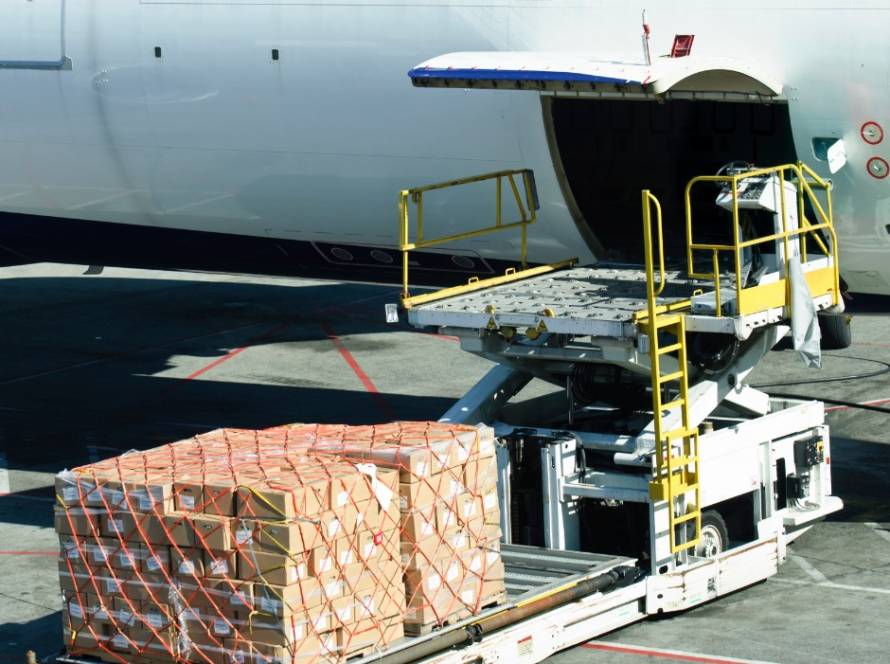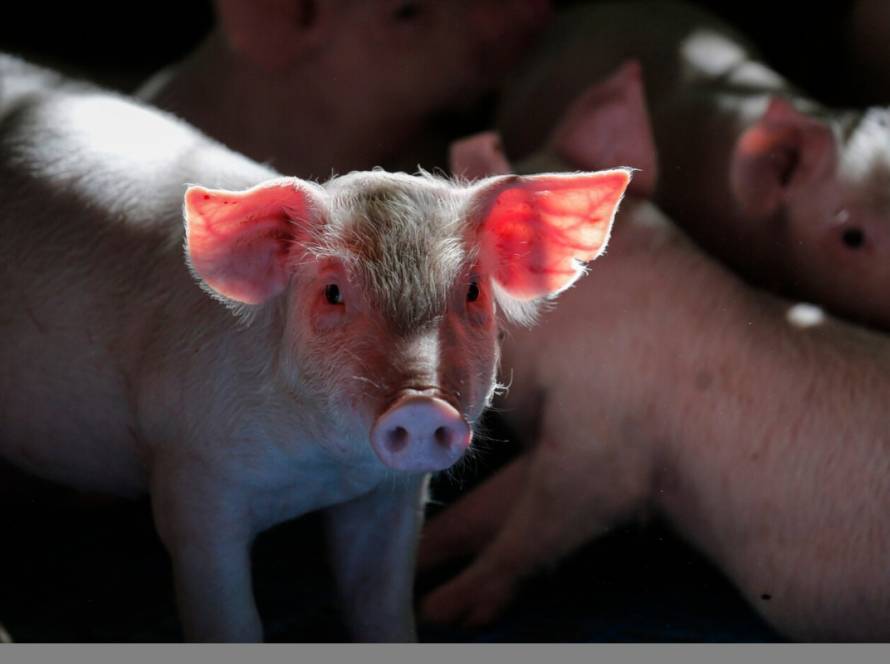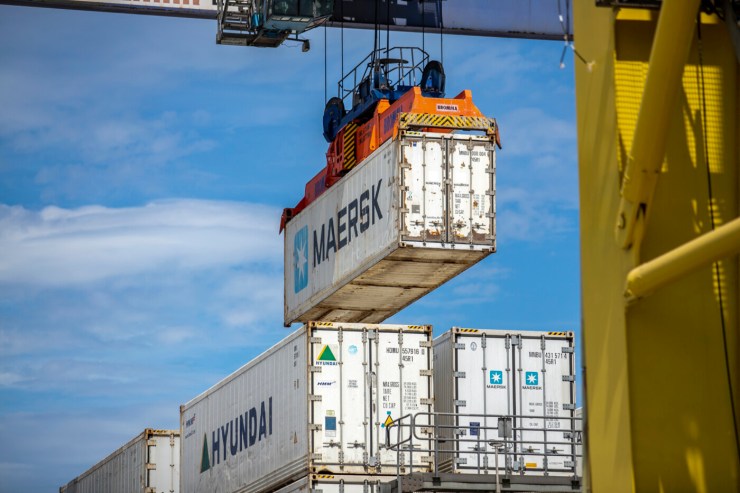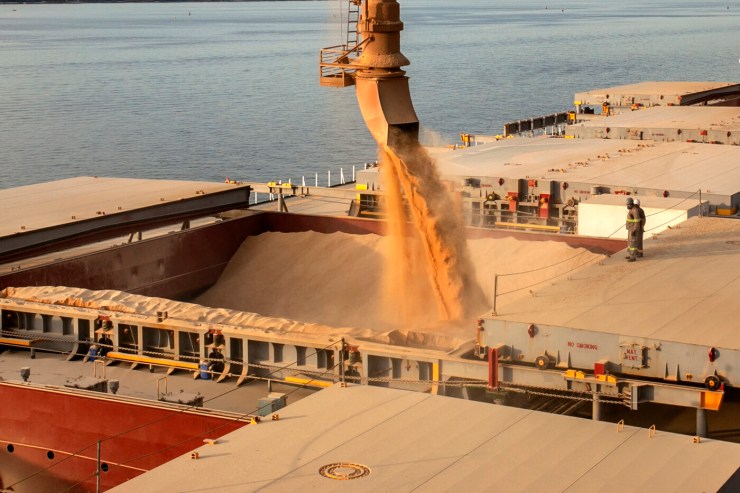In the first quarter of 2025, São Paulo's agribusiness maintained an expressive performance in foreign trade, reaching a surplus of US$$ 4.90 billion. Although the value represents a reduction of US$19.9% compared to the same period of the previous year, the result reaffirms the relevance of the sector for the state's economy.
The positive balance is due to exports that totaled US$1.5 billion, although 14.61% lower than in 2024, and US$1.5 billion, with growth of 9.51% year-on-year. “This result shows that we have a strong, innovative and diversified production base, capable of sustaining good results even in the face of occasional market fluctuations,” says Guilherme Piai, Secretary of Agriculture and Supply of São Paulo.
The analysis was prepared by the coordinator of the São Paulo Agribusiness Technology Agency (Apta), Carlos Nabil Ghobril, and researchers José Alberto Ângelo and Marli Dias Mascarenhas Oliveira, from the Institute of Agricultural Economics (IEA-Apta), linked to the Secretariat of Agriculture and Supply of São Paulo, and shows that the share of exports from São Paulo's agribusiness in the total exported by the state in the first quarter of 2025 was 41.7%, while imports from the sector corresponded to 6.8% of the state's total.
Exports of São Paulo agribusiness by product groups
The five main groups of exported products were:
- Sugar and alcohol complex: responsible for 25.8% of the total exported by São Paulo's agricultural sector, US$1.654 billion, with sugar representing 88.7% and ethanol, 11.3%.
- Meat sector: equivalent to 13.9% of the sector's external sales, totaling US$ 887.91 million, with beef accounting for 82.5%.
- Juice group: accounts for 13.5% of share, totaling US$$ 863.07 million, of which 98.2% corresponds to orange juice.
- Forestry products: represent 11.9% of the exported volume, with US$ 758.98 million, with pulp representing 55.1% and paper 35.5%.
- Soy complex: accounts for 7.9% of the total exported, registering US$$ 507.27 million, of which 81.7% are soybeans in grains.
These five groups together accounted for 73% of São Paulo's agribusiness exports. Coffee appears in sixth place, with a 7.3% share of the export agenda, with US$$ 465.75 million, of which 73.4% was green coffee and 23.1% was soluble coffee.
It is worth highlighting that in the observed period, the variations in values indicated increases in sales for the coffee (+67.2%), juices (+37.5%), meats (+25.0%) and forestry (+6.0%) groups, and falls in the sugar-alcohol complex (-50.5%) and soy complex (-17.9%) groups.
Main destinations for agriculture in São Paulo
- China: represents a 19.3% share, mainly acquiring products from the soy complex (29%), meat (28%) and forestry (23%);
- European Union: has a 16.4% share, with the main items being juices (37%), coffee (17%) and forestry and vegetable products (11% each);
- United States: total 15.9% of participation, purchasing juices (40%), meats (15%), animal products (9.5%), forestry (8.8%) and coffee (8.6%).
It is also worth noting that compared to the same period of the previous year, São Paulo recorded a 12.6% drop in sales to China, but on the other hand there was a significant increase of 34.4% in exports to the European Union and 27.7% to the United States.
São Paulo's participation in national agriculture
On the national scene, São Paulo's agribusiness maintained a prominent position, accounting for 16.9% of the sector's exports in Brazil. São Paulo leads the national ranking, followed by Mato Grosso (15.7%) and Minas Gerais (11.9%), the latter with a strong performance in coffee exports.
Performance of Brazilian agribusiness
Brazilian agribusiness, in turn, showed growth in exports, which reached US$$ 37.83 billion in the first quarter of 2025, an increase of 2.1% compared to the same period of the previous year. Imports totaled US$$ 5.18 billion, an increase of 11.9%.
With these results, the sector's trade balance reached a surplus of US$$ 32.65 billion, growth of 0.7% compared to the first quarter of 2024. The performance of agribusiness continues to be fundamental to contain the trade deficit generated by other sectors of the Brazilian economy.






